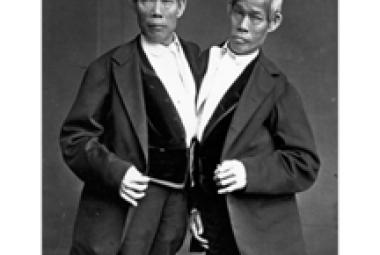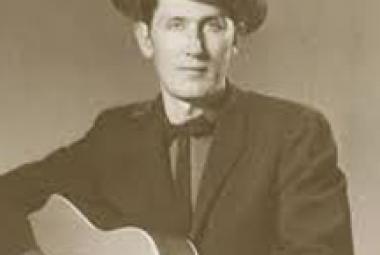SMiLE was a projected album by American rock band the Beach Boys intended to follow their 11th studio album, Pet Sounds (1966). Working with lyricist Van Dyke Parks, SMiLE was composed as a multi-thematic concept album, existing today in its unfinished and fragmented state as an unordered series of abstract musical vignettes. Its genesis came during the recording of Pet Sounds, when Wilson began recording a new single, “Good Vibrations”. The track was created by an unprecedented recording technique: over 90 hours of tape was recorded, spliced, and reduced into a three-minute pop song. It quickly became the band’s biggest international hit yet; SMiLE was to be produced in a similar fashion. The album’s collapse has been attributed to several personal, technical, and legal issues which surrounded its making. (More from Wikipedia)
Brian Wilson was none too happy that Pet Sounds wasn’t a bigger hit; though the album peaked at #10 in the American album charts (and #2 in the U.K.), “Good Vibrations” was #1 with a bullet in the U.S. and U.K. alike. Thus, in August 1966, Wilson began working feverishly on another album that would be called SMiLE to prove beyond doubt that Americans could outdo the English.
Brian Wilson brought in a talented collaborator for his project, Van Dyke Parks. In Allmusic, William Ruhlmann says of him: “In a field where the term ‘genius’ is handed out freely, Van Dyke Parks is the real article. As a session musician, composer, arranger, lyricist, and singer, he’s contributed significantly to several decades’ worth of inimitable masterpieces credited to other artists, as well as generating two or three masterpieces of his own.”
Terry Melcher put Van Dyke Parks in touch with Brian Wilson; Wilson needed a lyricist who could match his musical visions that he was struggling to get on tape. Just imagine: an album full of “Good Vibrations”-level music! John Bush continues: “[Brian Wilson] labored over every note and, more than that, every tone, often asking his musicians or the Beach Boys themselves to revise when the results didn’t match his conception of the music going on inside his head. Such care and control produced music that was far beyond Pet Sounds, and when the impressionistic themes and lyrics of collaborator Van Dyke Parks were added, SMiLE began shaping up as the most unique LP ever produced by a pop group.”
* * *
SMiLE was never completed. Part of the reason might have been the limitations of recording studio technology in those days; Brian Wilson was already becoming reclusive, and a decade later, he might have been able to put the album together privately and then spring it on the world, fully born – the way that studio wizard Tom Scholz was able to do with the original Boston album in 1976. Brian Wilson might have been over-reaching also, and there is little doubt that the pressure of the months of recording sessions contributed to the decades of drug addiction and mental illness that plagued Brian Wilson after the SMiLE recording sessions collapsed in early 1967.
The Beach Boys soldiered on and became one of America’s most beloved rock bands, with President Ronald Reagan dubbing them “America’s band” in 1983. Over this period, some pieces of what would have been the SMiLE album – authorized and otherwise – began dribbling out. “Sail on, Sailor” was released in 1973 and was the only Beach Boys single to crack the Top 50 for nearly a decade (between 1968 and 1976).
In the early 2000’s, Brian Wilson started having some success and recognition again; so in 2004, he set about presenting SMiLE at long last. Wilson debuted the album at a live concert at the Royal Festival Hall in London on February 20, 2004; and the release of Brian Wilson Presents SMiLE as a solo album followed in April 2004.
In October 2011, under the name The SMiLE Sessions, the original recording sessions were boiled down into what the SMiLE album might have sounded like in 1967. Several official releases of the package have already been made, including various Deluxe Editions. Oddly, the recreated album itself is in mono – supposedly because that is the way that Brian Wilson would have wanted it – even though stereo versions are available on 80% of the songs. All editions include a second CD that feature bonus tracks and stereo renditions.















